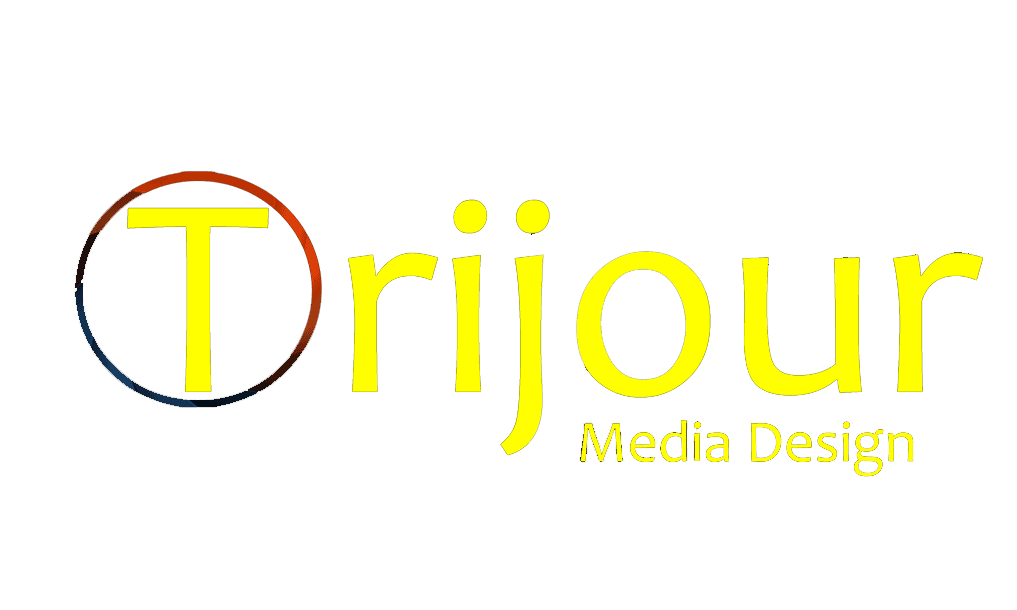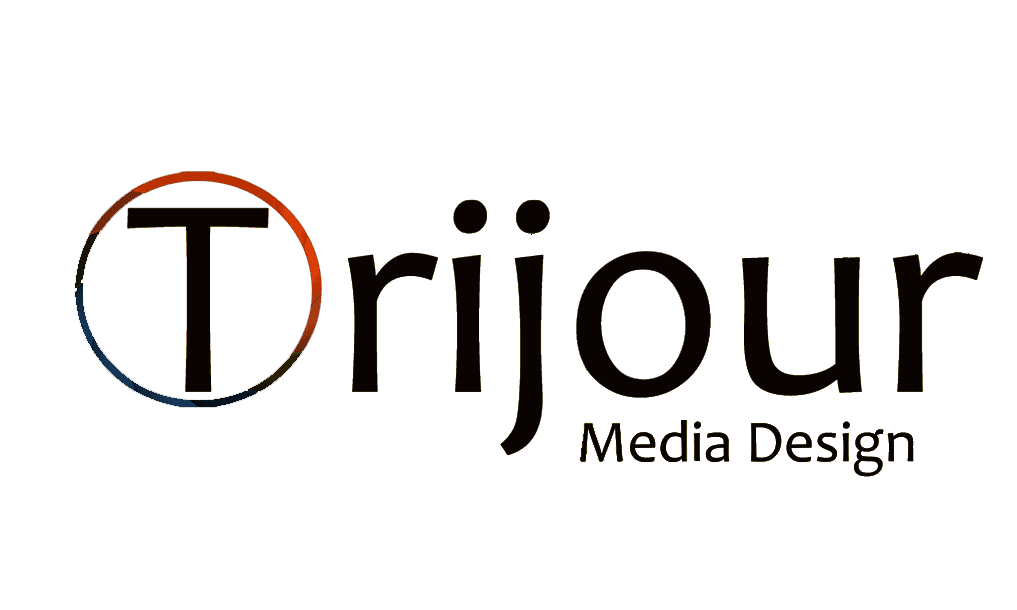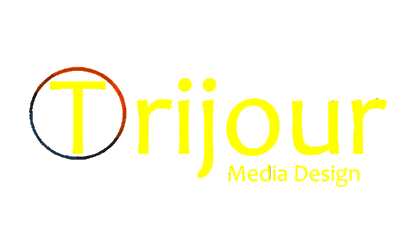A Beginner’s Guide to Rich Snippets and Schema Markup
If you’re diving into the world of search engine
optimization, there are a lot of buzzwords floating around that you may have
heard: long-tail keywords, SERPs, backlinks, etc. A few that are particularly
intriguing: Rich snippets and schema markup. Both are incredibly helpful for
anyone looking to boost their ranking on Google and other search engines and
attract more traffic to their website. If you’re completely new to these
concepts, or to SEO in general, have no fear. This article will explain what
rich snippets and schema markup are and how you can use them to improve your
site’s SEO.
What Are Rich Snippets?
Rich snippets are the little pieces of information that are included below the links on a SERP, or search engine results page. Rather than just listing links with minimal context, Google opted on 2009 to add rich snippets, so that users can glean more information from SERPs before clicking through. Rich snippets give searchers more information on subjects like food recipes, events, movie reviews, and more. They save web searchers time by helping them avoid clicking links that are irrelevant to their search, and they give webmasters an opportunity to advertise their content within SERPs – making things better on both ends. Since 2009, Google has expanded the types of rich snippet to include products, videos, restaurants, and information on music, so that SERPs now include even more information about specific types of link.
How Do You Use Rich Snippets?
Rich snippets are added to your site’s existing HTML via structured data markup. This is the same way that you add meta descriptions to your site’s pages, but the difference is that rich snippets display more information than just this text description, like whether the search result in question is a person, product, song, video, etc. When you Google an app and the SERP includes its average star rating alongside the link, this is an example of a rich snippet. You can use rich snippets to include the star rating for an individual or aggregated review if your site supports user reviews or includes reviews themselves. You can also use rich snippets to provide information about people on your staff, like their job title and contact information. You can add info about your site’s products, like the price, brand, and even an image. You can add your business’ address and telephone number to SERPs using rich snippets. If your site hosts recipes, rich snippets can be used to include the preparation and cooking time, nutrition facts, and more. Or if you have an event coming up, you can include the start and end time, location, and ticket details on the SERP using rich snippets.
What is Schema Markup?
Schema markup is closely related to rich snippets; it’s a way that you can add code to your page to improve your performance on SERPs. In 2011, Google agreed to work with Bing and Yahoo! in a rare partnership. The three search engines (later joined by Russian engine Yandex) agreed to support a set of schemas, bits of code that web designers can use to mark up their pages for superior visibility, again with the goal of improving the relevance of search results and reducing the number of unnecessary clicks by web users. Schema.org hosts this vocabulary of schemas, and there are a number of tools that make it extremely simple to generate code that will be recognized by all of the search engines listed above, like Raven Tools’ Schema creator. These tools generate Schema-compliant microdata that, when added to your page, will be read by Google’s rich snippet reader tool and translated into information to help web users decide whether to click through to your page.
The Many Uses of Microdata
Schema.org is not a markup language or protocol itself; rather, it’s the microdata markup vocabulary organized and explained on one website. The website includes a hierarchy that explains how to use the structured markup language. You can put hidden microdata to work on your page very easily once you grasp this hierarchy. Google officially populates its rich snippets with Schema.org markups for reviews, products, events, people, recipes, videos, and organization, but this is likely to expand as they experiment with more types of microdata. Schema.org is open to the public, so there’s nothing to stop you from swinging by and learning more today.






















